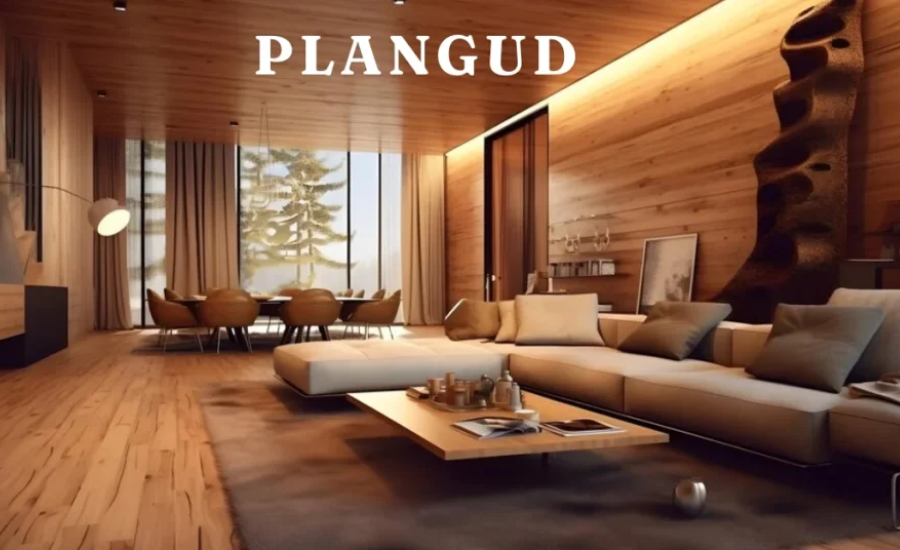Plangud, often referred to as wooden planks, stands as a cornerstone in both the construction and woodworking sectors. Its versatility and strength make it indispensable for a wide range of projects. For anyone engaged in endeavors that demand durable and adaptable materials, a deep understanding of Plangud’s characteristics, types, uses, and benefits is essential.
What Is Plangud?
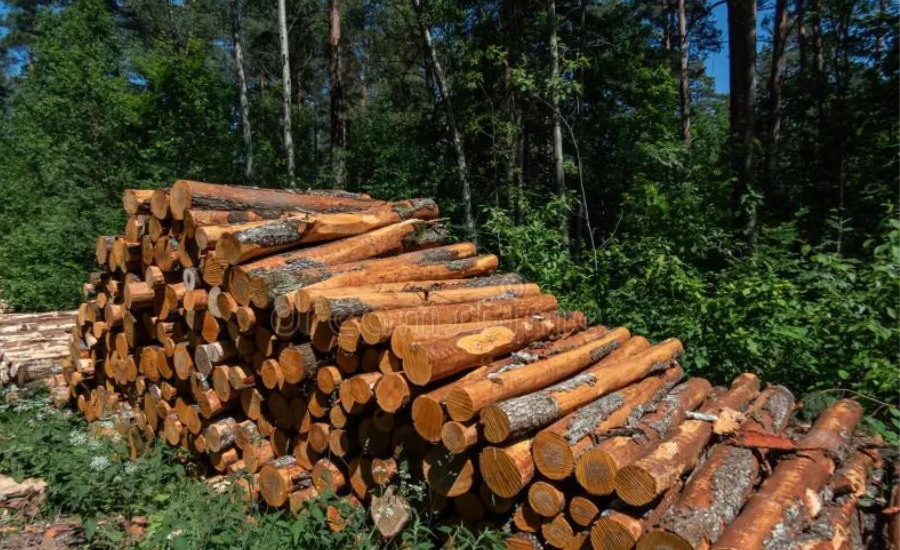
Plangud, commonly known as wooden planks, are flat pieces of wood extensively utilized in construction, carpentry, and interior design. These planks are crafted from various types of wood, including oak, ash, pine, and more. The quality, size, and finish of Plangud can vary greatly depending on their intended application. Renowned for their durability, versatility, and aesthetic appeal, Plangud planks are a favored choice for numerous building and decorative purposes.
Characteristics Of Plangud
Several key characteristics make Plangud a preferred material for a multitude of applications:
- Strength and Durability: Plangud is known for its robust nature, providing excellent structural support in construction projects.
- Versatility: Available in various types and sizes, Plangud caters to diverse woodworking needs.
- Natural Aesthetic: The natural wood grain of Plangud enhances its aesthetic appeal in furniture and architectural designs.
- Sustainability: Sourced from renewable wood species, Plangud promotes eco-friendly construction practices.
Types Of Plangud
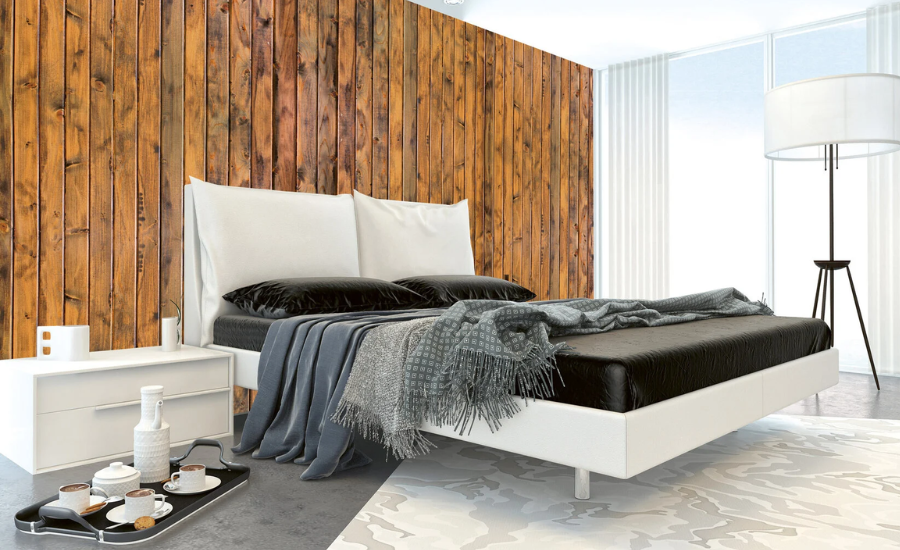
Plangud comes in several types, each suited for specific applications:
- Softwood:
- Pine: Light in color with a straight grain, ideal for furniture and interior paneling.
- Spruce: Lightweight and easy to work with, suitable for framing and general construction.
- Hardwood:
- Oak: Durable and resistant to moisture, perfect for flooring and outdoor furniture.
- Mahogany: Rich in color and texture, favored for high-end cabinetry and decorative elements.
- Engineered:
- Plywood: Layers of wood veneer bonded together, offering strength and stability in large-scale construction.
- MDF (Medium-Density Fiberboard): Compressed wood fibers, versatile for furniture and interior trim.
Uses Of Plangud
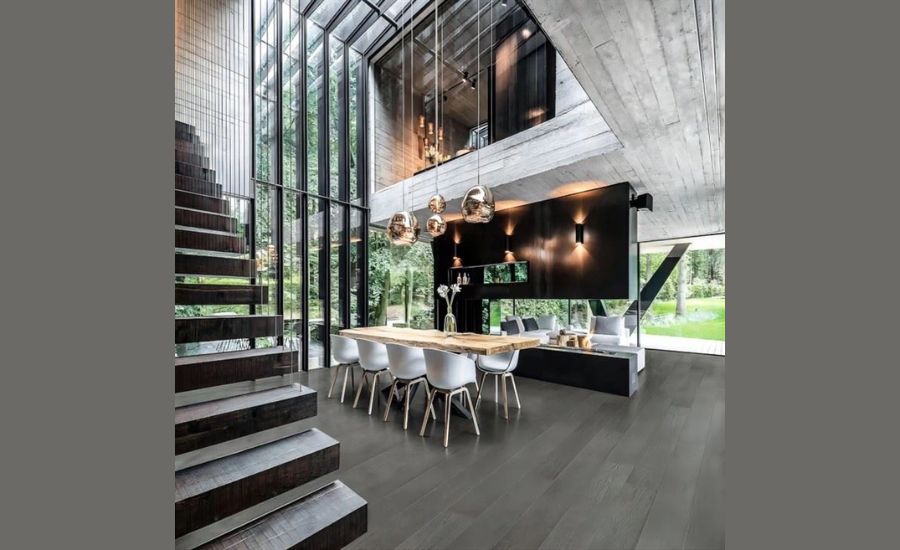
Due to its versatility, it is widely used across various industries and projects:
- Construction: Used in framing, roofing, and flooring in both residential and commercial buildings.
- Woodworking: Essential for crafting furniture, cabinetry, and decorative items.
- DIY Projects: Popular for shelving, fencing, and garden structures among home improvement enthusiasts.
Benefits Of Using Plangud
Using Plangud offers numerous advantages in construction and woodworking projects:
- Cost-Effective: Available at different price points, accommodating various budget constraints.
- Ease of Installation: Lightweight and manageable, facilitating quick and efficient assembly.
- Design Flexibility: Adaptable to different shapes and sizes, enhancing creative possibilities.
- Longevity: Resistant to wear and decay, ensuring prolonged durability in various environments.
Customization And Ordering
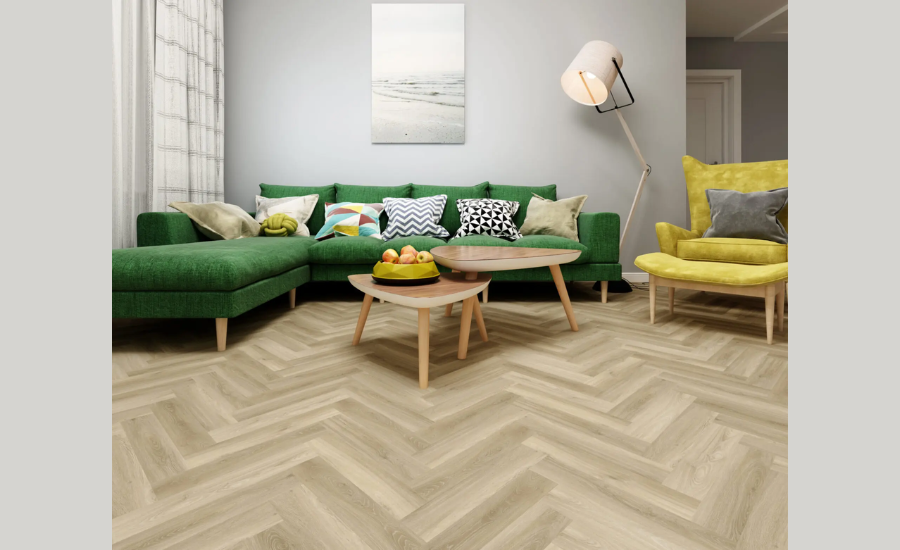
When purchasing Plangud, it is crucial to consider the specific requirements of your project. Many suppliers offer customization options, allowing you to order planks cut to your exact specifications. Bulk purchases often come with discounts, making it economical for larger projects. Additionally, it is important to ensure that the wood is sourced from sustainable forests to support environmental conservation.
By understanding the diverse aspects of it, you can make informed decisions and leverage this versatile material to its fullest potential in your construction and woodworking endeavors.
Fun Facts About Plangud
- Ancient Uses: Wooden planks have been used in construction since ancient times, with evidence of their use in Egyptian pyramids.
- Sustainable Choice: Modern it is often sourced from sustainably managed forests, making it an eco-friendly option.
- Variety of Woods: Plangud can be made from an array of woods, each offering unique characteristics and aesthetic qualities.
- Historical Structures: Many historical landmarks, including famous ships and buildings, have been constructed using wooden planks.
- Cultural Symbol: In some cultures, certain types of wood used for it are believed to have spiritual significance and are used in rituals.
FAQs About Plangud
Q: What is Plangud?
A: Plangud refers to wooden planks widely used in construction, carpentry, and interior design for their durability and versatility.
Q: What types of wood are used to make Plangud?
A: Plangud can be made from various types of wood, including oak, pine, ash, spruce, mahogany, and engineered woods like plywood and MDF.
Q: What are the main uses of Plangud?
A: Plangud is used in construction for framing, roofing, and flooring, in woodworking for furniture and cabinetry, and in DIY projects for shelving, fencing, and garden structures.
Q: Why is Plangud considered eco-friendly?
A: Plangud is often sourced from renewable wood species and sustainably managed forests, promoting eco-friendly construction practices.
Q: Can Plangud be customized?
A: Yes, many suppliers offer customization options for it, allowing you to order planks cut to your exact specifications.
Conclusion
Plangud, or wooden planks, is a versatile and indispensable material in the construction and woodworking industries. Its strength, durability, and natural aesthetic appeal make it a popular choice for a variety of applications. Understanding the different types, uses, and benefits of it allows you to make informed decisions for your projects. Whether you’re building a house, crafting furniture, or working on a DIY project, it offers a sustainable and reliable solution. By choosing it, you not only enhance the quality and longevity of your work but also support eco-friendly practices in the industry.
Stay in touch for more updates and alerts visit: Intrepid Food!
